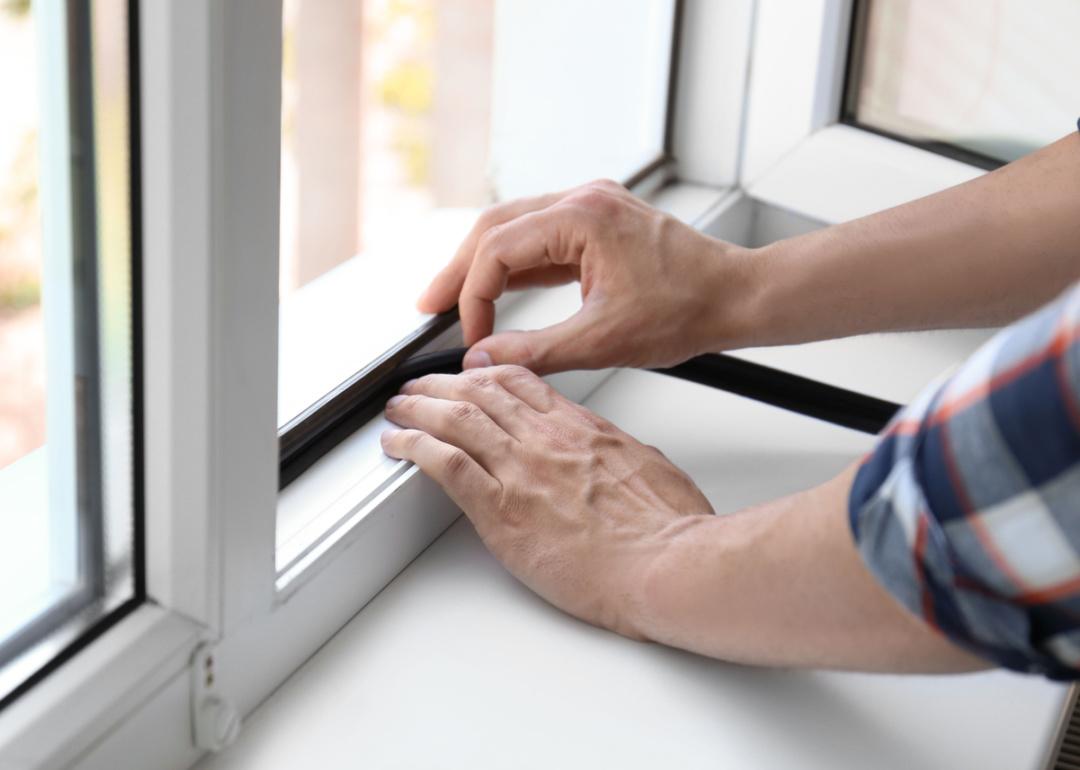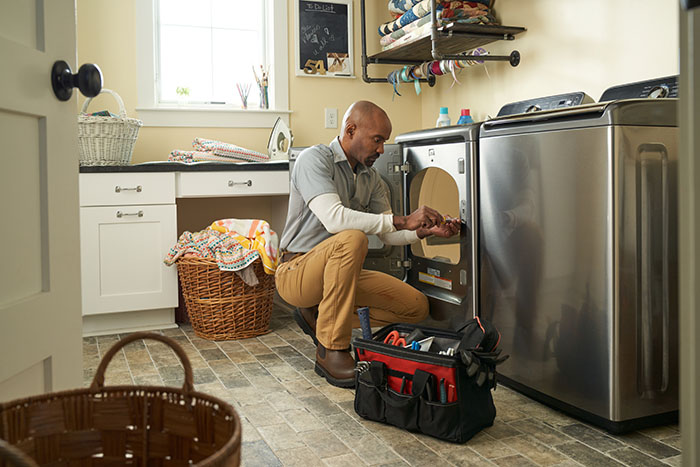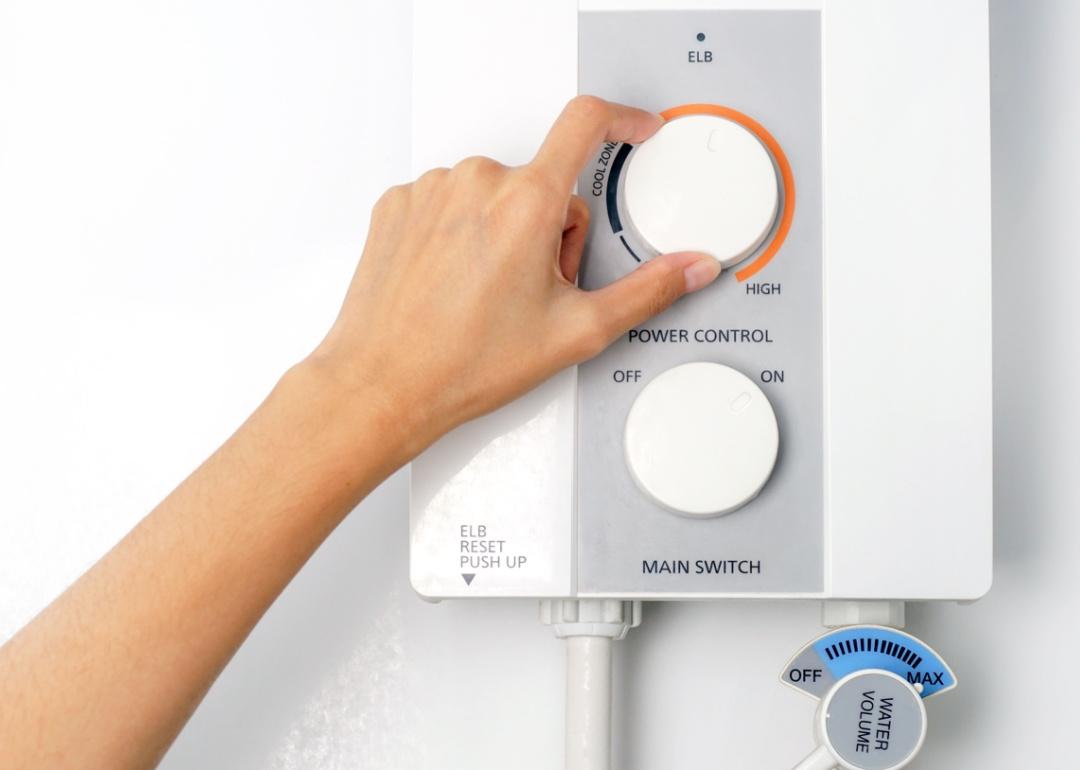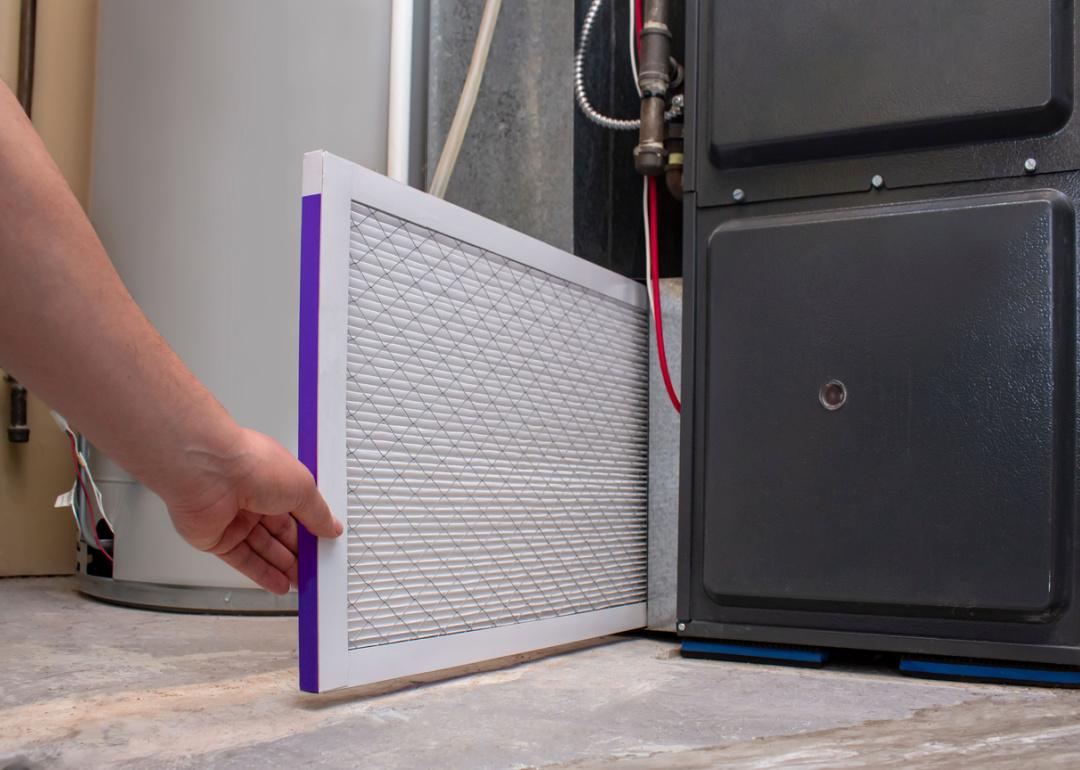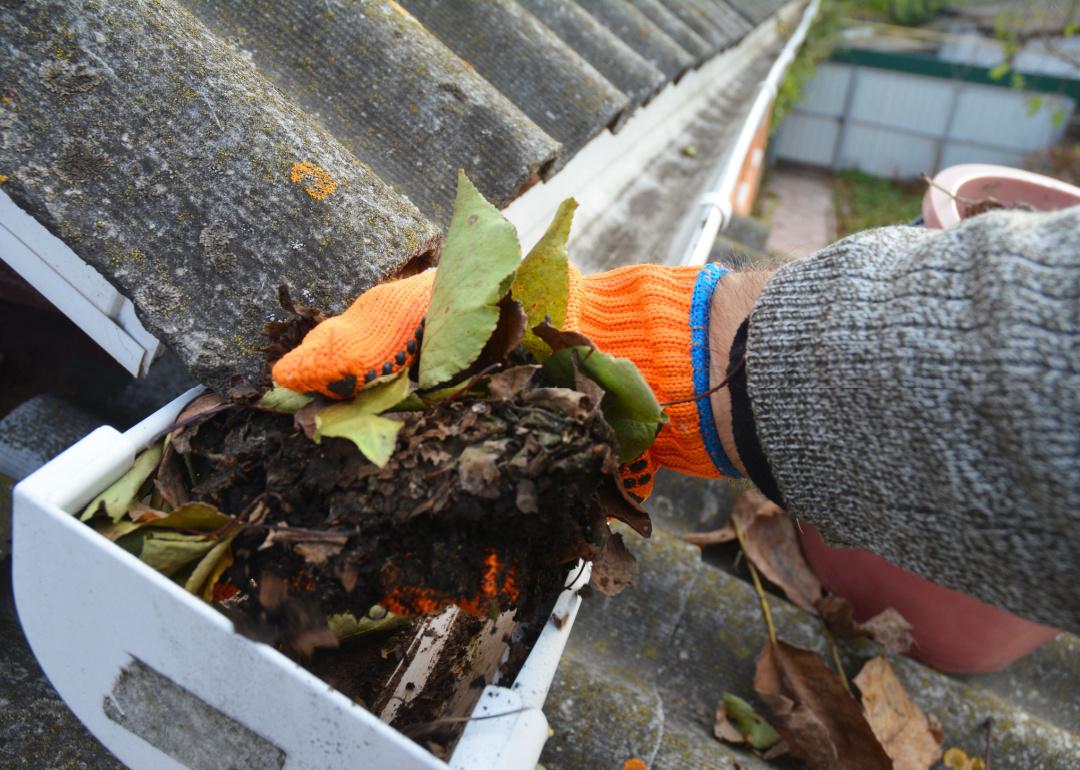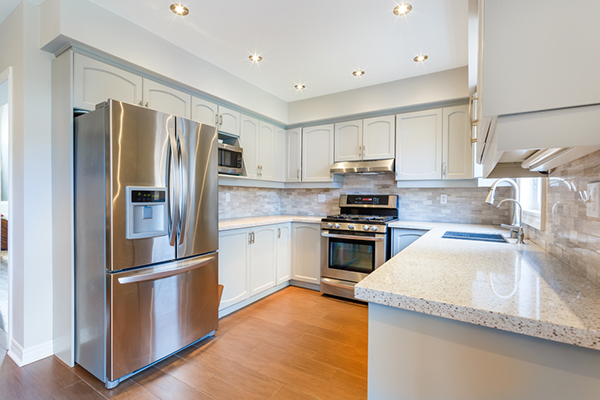When winter hits, everything isn't always picture-book glistening snow and icicles. The situation can be much more serious than spending extra time digging out your car and scraping the ice from the windows.
What starts as gently swirling snowflakes can quickly snowball, so to speak. Snow drifts pile up can damage your roof and rain gutters, freezing temps can cause pipes to burst, and meltwater can flood your basement and garage. Winter storms cost Americans $25 billion in damages and losses in 2021, according to the National Centers for Environmental Information.
There are effective ways to help keep your home warm without cutting too deeply into your cocoa and marshmallow funds. American Home Shield compiled a list of eight common ways to winterize your home for little or no cost, from basic weather strips to smart temperature controls.
Take a little time to follow these tips for winterizing your home on a budget so you can stay cozy while the snow falls outside.
AVOID COSTLY HOME SYSTEM REPAIRS
Protect your home systems and appliances and avoid high repair costs using a reliable home warranty from American Home Shield.

Programmable thermostat
You don't keep your car idling all day just so it's ready to use in the evening. But if you leave home during the day with the heat turned up, you're effectively doing the same thing. Programmable thermostats let you create a schedule for when the heat is turned on in your home and adjust the ideal temperature throughout the day.
Fancier versions may allow you to change the temperature from your phone, but a simple $20 programmable thermostat will do the trick. Tell it what times you're home and when you're away, and it will let your home cool off a bit to save energy and money when you're not there, warming things up in plenty of time for your return.
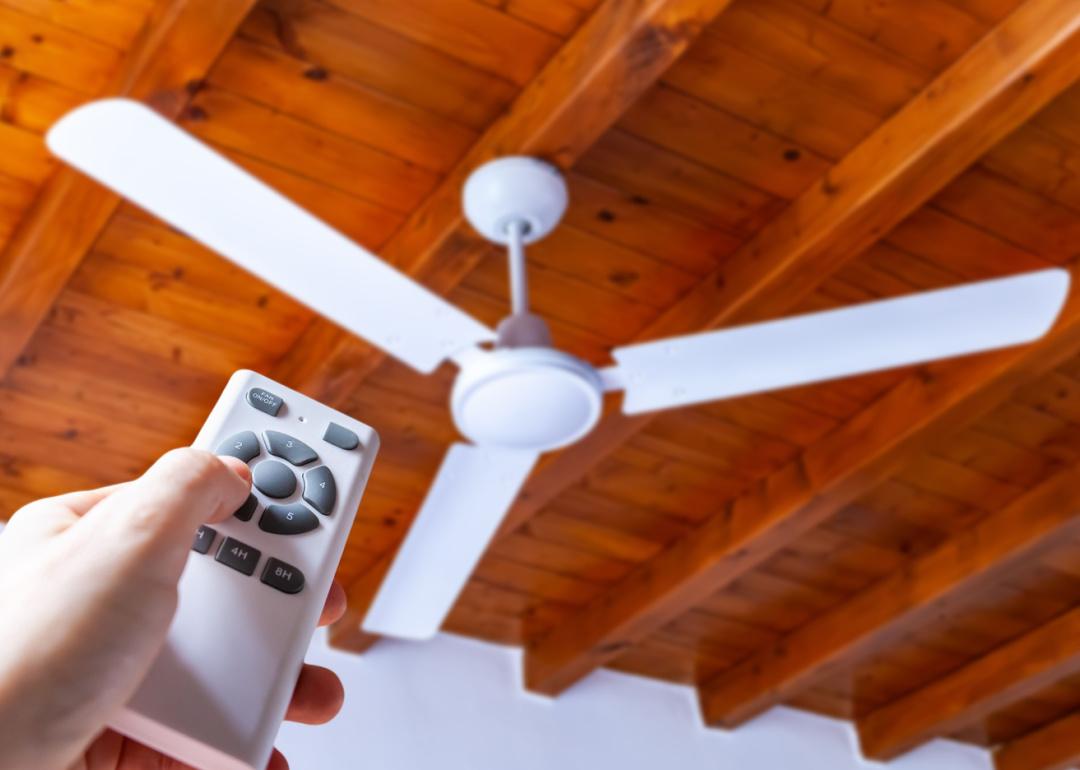
Switch your fan to spin clockwise
One of the first things any youngster in a science class learns is that hot air rises and cold air sinks. As it turns out, that handy bit of scientific knowledge can also help regulate your home's temperature.
Many ceiling fans have a small switch that allows you to change the direction in which the blades turn. By flipping that switch, you can change your fan from spinning counter-clockwise—bringing cold air to the ceiling and spreading it around—to clockwise, bringing warm air from the ceiling down to the floor.
This single change could allow you to drop your thermostat setting by three to five degrees. While the improvement you see will more likely depend on how big your home is, how effective your heating unit is, and how much of that heat stays in the house, the change can help—and it's free.
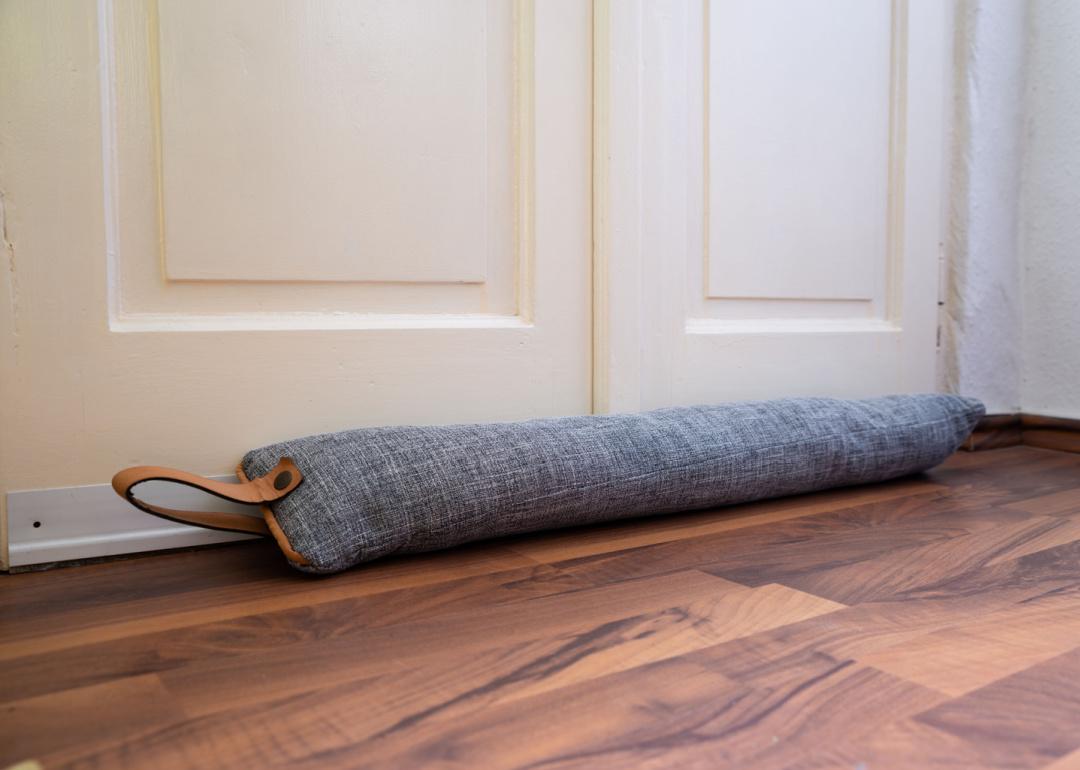
Seal your doors
Any small openings that let the heat out of a house represent a significant amount of heat loss and wasted money. Doors, in particular, are notorious for letting heat escape.
To winterize your doors, start by tightening the hinges and checking for any cracks in the door frame that might let the warm air escape. Use caulk to seal what you find.
You can also add something to the bottom of the door to stop drafts. Inexpensive options include a door sweep, which attaches to one side and has a flexible piece that hangs below the bottom of the door; a double draft stopper, which slides under the bottom of the door and has cushions on either side; or a door sock, a roll of fabric that is placed along the bottom of the door. For a bang for your buck, you can make a door sock by rolling up a towel.
HOME WARRANTY VS. HOME INSURANCE
Explore all the differences between a home warranty vs. home insurance such as costs and coverage.
